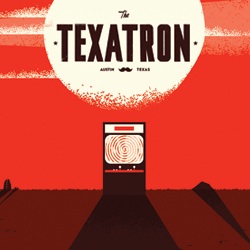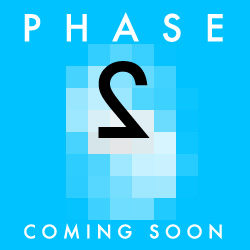THE HUMANITY OF LUCASARTS’ VIRTUAL WORLD FORERUNNER HABITAT
As if I needed another excuse to get my hands on Rogue Leaders, the visual history book on the golden age of Lucasarts I mentioned in December, Gamasutra has run a great excerpt not on any of the usual Monkey Island or Grim Fandango suspects, but rather Habitat, the late-80s Commodore 64 virtual world forerunner which ultimately failed for its beta trial’s overwhelming success.
The article explains of its creation:
Development began in 1985 and sketched out a virtual world where each player had an in-game “avatar” — a word defining a player’s online representation (and still used today). These characters could interact with other players, connected in a massive online world composed of 20,000 “regions” — essentially individual screens connected to as many as four additional regions…
Despite the apparent advantage of not having to program artificial intelligence for in-game characters, given that all the players were real people, creating rules for player interactions required the developers to broach subjects never before considered in game design.
Remarked Chip Morningstar in a long treatise on Habitat’s creative process: “A special circle of living Hell awaits the implementers of systems involving that most important category of autonomous computational agents: groups of interacting human beings.”
Book Extract: ‘Rogue Leaders’ On Lucasfilm Games’ Habitat [Gamasutra]
Previously:
Chronicle holding LucasArts book signing – Offworld
See more posts about: Offworld Originals






